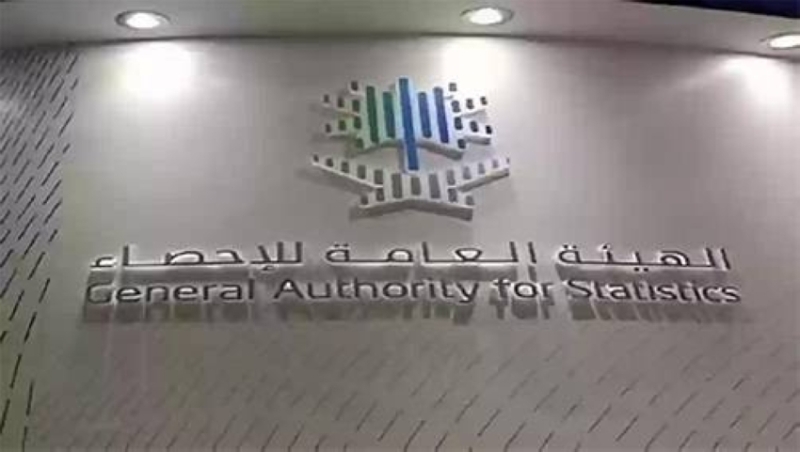Challenges and Outlook for Saudi Arabia's Economy amidst Oil Sector Volatility
Saudi Arabia's economy grapples with contraction and transformation in the first quarter of 2024 as it strives to navigate challenges in the oil sector and economic diversification efforts.
Published May 02, 2024 - 00:05am

Image recovered from al-madina.com
The Saudi economy saw a downturn in the first quarter of 2024, with a contraction in the GDP by 1.8 percent compared to the first quarter of 2023, as reported by the Saudi General Authority for Statistics. The decrease is predominantly attributed to a 10.6 percent decline in oil activities, despite a 2.8 percent growth in non-oil activities and a 2 percent year-on-year increase in government activities.
On the other hand, seasonally adjusted real GDP increased by 1.3 percent over the previous quarter, buoyed by a 2.4 percent rise in oil activities and a modest 0.5 percent growth in non-oil activities. The government activities, however, saw a 1 percent decline. The data revealed an acute contrast with the year 2023 when the oil activities' contraction led to a 0.9 percent shrinkage in the overall economy, while non-oil activities expanded by 4.6 percent.
Saudi Arabia's approach to economic diversification continues to take center stage as the kingdom invests heavily in sectors beyond oil, in line with Vision 2030 initiatives led by Crown Prince Mohammed bin Salman. These efforts are vital in light of the fluctuating oil prices and production adjustments in accordance with OPEC agreements, with Saudi Arabia pumping well below its capacity at around 9 million barrels per day.
Capital Economics anticipates the Saudi economy to continue its recovery throughout 2024, potentially outpacing current forecasts. The economic consultancy expects a GDP growth rate of 2.8 percent for the kingdom, slightly higher than consensus projections from economists.
Confronting a projected budget deficit of 79 billion riyals (approximately 21 billion dollars), the Saudi government has announced postponing some of its large-scale projects. Financial adaptability in government expenditure and project timelines are thus becoming increasingly important as Minister of Finance Mohammed Al-Jadaan emphasized the ability to 'change course' and 'adapt' during a World Economic Forum meeting in Riyadh.
Funding strategies to bridge the budget gap include tapping international debt markets with bond issuances by the Public Investment Fund and Saudi Aramco. The Public Investment Fund, with assets over $700 billion, secured $5 billion through a conventional bond sale in January and $3.5 billion from a Sukuk deal in October of last year, with plans to continue leveraging debt markets in 2024.
Despite the budget deficit and ongoing adjustments to major projects, the Saudi economy still showcases significant potential for growth, particularly through its non-oil sectors and strategic diversification plans.
The divergence in the performance between oil and non-oil sectors in Saudi Arabia's economy is drawing attention from both domestic and international economists. The transition is partly powered by the kingdom's increasing focus on other lucrative areas such as tourism, entertainment, and technology. Riyadh has recently hosted several high-profile sporting events and is investing in futuristic mega-projects like NEOM, a $500 billion high-tech business hub and tourist destination on the Red Sea coast.
Amid the current economic headwinds and the decline in oil revenues, Saudi Arabia's efforts to bolster its non-oil economy are yielding results. The non-oil sector's growth is a clear indication of the resilience and success of the economic reforms instituted under Vision 2030. While oil and gas continue to be vital to the economy, sectors such as finance, logistics, and manufacturing are seeing increased investments. Renewable energy initiatives are also being rapidly developed, aligning with the global shift towards sustainable energy sources.
The government's robust response to uncertain economic times includes measures to support small and medium-sized enterprises (SMEs) which are seen as a cornerstone for economic diversification and employment. Saudi Arabia has also been liberalizing its investment laws to attract foreign capital, and the kingdom has introduced significant reforms to its capital markets to enhance their efficiency and attractiveness to international investors.
Internationally, Saudi Arabia's ongoing participation in G20 summits and forums underscores its evolving role in shaping global economic policies. The kingdom's stability and strategic maneuvers in these economic alliances continue to reflect its long-term strategy to maintain a balanced and diversified economy that is less susceptible to the volatility of the oil market.
While the Saudi economy faces challenges, such as the need to further reduce unemployment and manage public debt sustainably, optimism remains high among policy-makers. They rely not only on strategic fiscal policies and controlled spending but also on engaging the youth population, which makes up a substantial part of the demographic, in the workforce through education and vocational training programs.
As Saudi Arabia continues to fine-tune its economic model, the international community watches closely. The coming years will be critical to see if the ambitious Vision 2030 objectives will be fulfilled, and how the kingdom will manage to balance its short-term financial needs with the long-term goal of economic sustainability.
In conclusion, while the drop in GDP signals a need for caution, the trend towards diversification and economic reform offers a buffer against oil market fluctuations. With the government's commitment to long-term economic planning and willingness to adapt to changing circumstances, there is a cautious optimism that Saudi Arabia's economy will not only weather current challenges but emerge more resilient and diverse than before.







